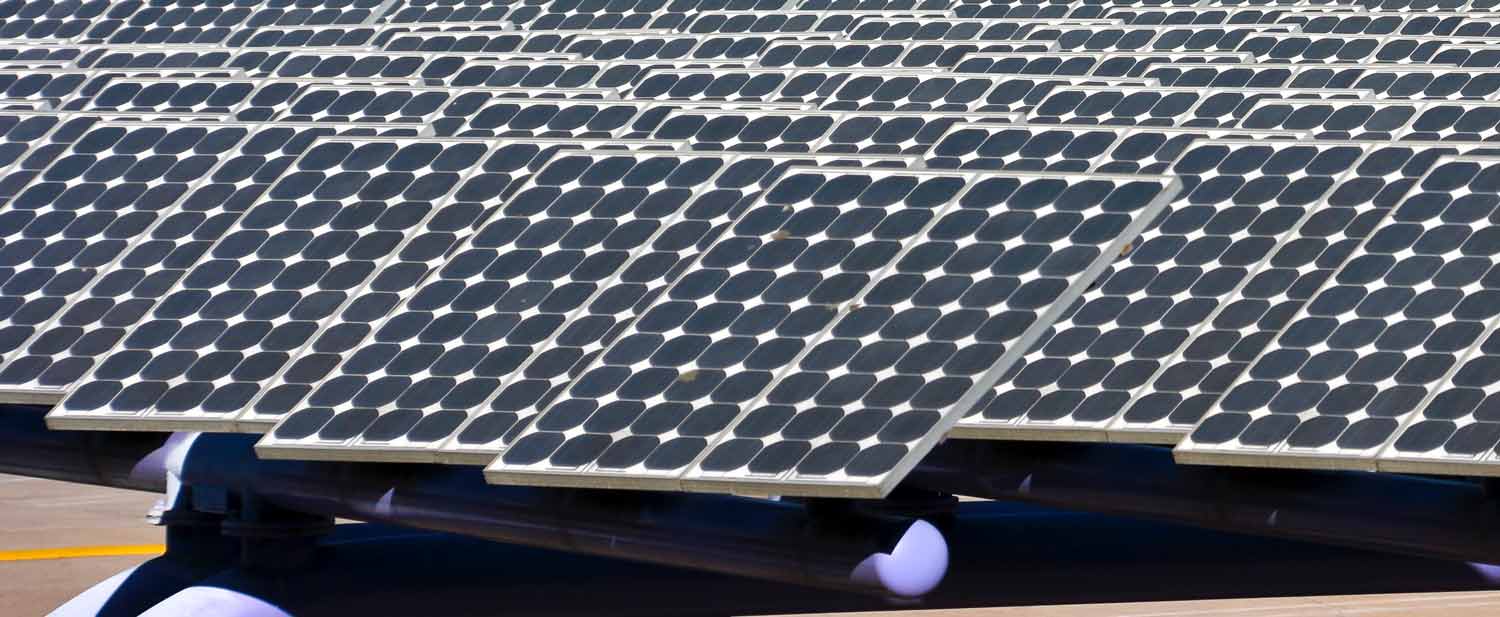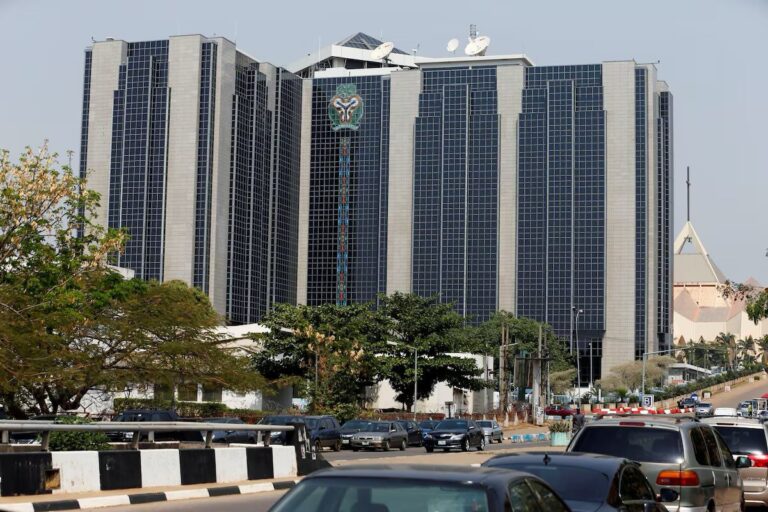Africa is experiencing a significant surge in solar panel imports, a trend that is poised to transform the continent’s energy landscape, according to a new report from the energy think tank Ember.
The report, which analyzes imports from China (a proxy for global imports), reveals that Africa’s solar panel imports reached a new record of 15,032 MW in the 12 months leading up to June 2025, a 60% increase from the previous year.
While South Africa remained the largest importer, Nigeria moved into the second spot with 1,721 MW, overtaking Egypt with 854 MW. Algeria rose to third place with 1,199 MW, its imports increasing 33-fold. Other countries like Zambia (eightfold), Botswana (sevenfold), and Sudan (sixfold) also saw massive growth, while Liberia, the DRC, Benin, Angola, and Ethiopia more than tripled their imports.
The data highlights a structural shift, as the increase in imports over the last 12 months occurred largely outside of South Africa. In fact, solar panel imports outside of South Africa have nearly tripled in the last two years, rising from 3,734 MW to 11,248 MW.
The solar panels imported by Sierra Leone alone in the last 12 months, if installed, would be able to generate electricity equivalent to 61% of its total reported generation from 2023.
In Chad, this figure would be 49%. For 16 countries, the imported solar panels would add at least 5% to their total electricity generation.

The value of refined petroleum imports for nine of the top ten solar panel importers is 30 to 107 times greater than the value of their solar panel imports. In Nigeria, a solar panel could pay for itself by replacing diesel within as little as six months.
The report notes that while this surge is significant, the scale of solar imports into Africa is still lower than that of Pakistan, which has seen one of the steepest rises in solar deployment globally.
In the 12 months to June 2025, Pakistan imported more solar panels than the entire African continent, despite having one-sixth of the population.












